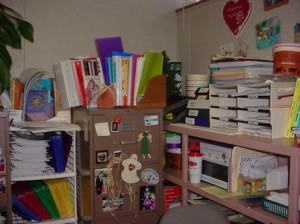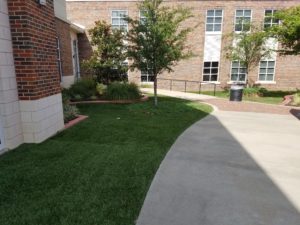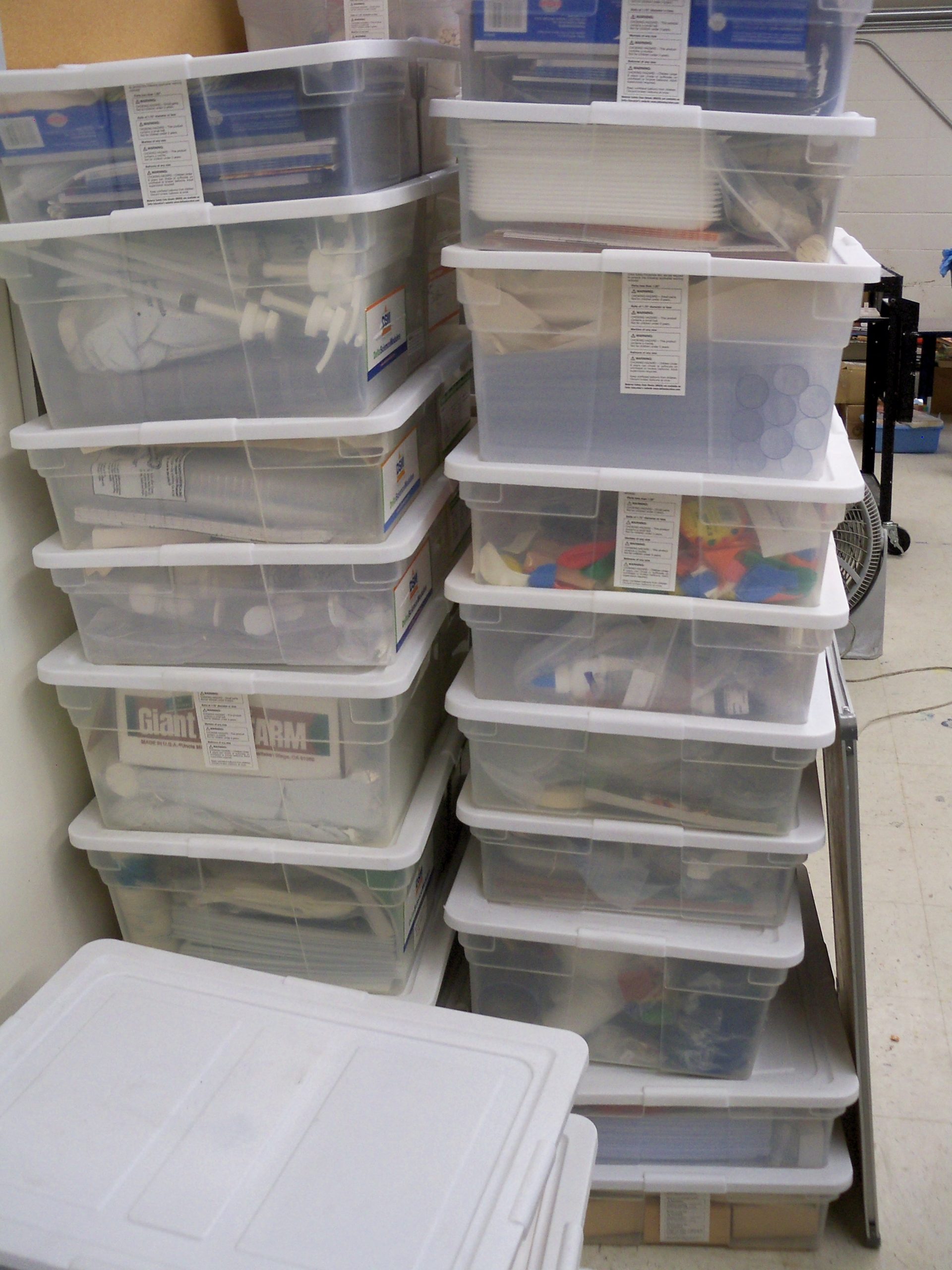Where has the year gone? Our campuses are bracing for full student and staff occupation, but are you ready for the pest invasion as well?? Did you know that schools have four more times occupants than office buildings for the same amount of floor space? (Schools for Health.org) And yet we don’t always think about how to manage these areas to keep pests like ants, cockroaches, bed bugs, ticks, fleas, mice, rats, and a whole lot more out of our buildings. In this newsletter are some tips everyone at the school campus can do to help ensure that those indoor allergen triggers are managed to keep everyone healthy.
If you see something say something.
Too often we will notice a flaw or a problem and assume that the facilities person knows about it. While in a very small district this might be the truth, most often small problems go unreported until they become a big problem.
Here are some things everyone can do to protect the school interiors from pests:
- All food storage areas should have products stored on industrial grade, stainless steel wire shelving, at least 6 inches from walls and 12 inches from floor. These same shelves should be at least 18 inches from the ceiling as well.
- No foods should be stored in classrooms without being stored in re-sealable containers (i.e., plastic storage containers, metal tins, etc.). Teachers limit this to small amounts, don’t invite unwanted guests to your classroom.
- If you see cracks and crevices around windows, doors, bathroom fixtures, moldings, water
fountains, utility lines, bulletin boards and blackboards attached to the walls, let your district IPM coordinator know about them. Doors, ceilings, soffits under the eaves of buildings are all areas where most pests enter, so help the district keep an eye on these areas.

How much extra stuff do you have stored around you that you don’t need?
- Keep clutter in classrooms and custodial closets to a minimum. Cardboard is great harborage for cockroaches, silverfish, ants, and mice. Add a little water to the cardboard and it can also create a mold that can impact lung health. If you must store items use closed plastic containers.
- Eating in classrooms should be kept to a minimum and classrooms should be cleaned thoroughly after food consumption to prevent insect and mice activity.
- Breakfast in classroom is understandable in the elementary campuses, but there needs to be a plan in place to help custodial understand if there has been a food spillage or special attention needs to be made to classroom after the students have left for the day. Cleaning up after small spills should be handled as soon as possible. If the room has carpet ensure that custodial is aware of liquid spills like milk, juice, and other non-water products to address the carpeting immediately.
- Student’s backpacks, coats, hats, and other personal belongings. Be on the look out for items coming from home that could potentially bring insects to the classroom. Be discreet talk to the IPM Coordinator, school nurse and principal about what you are seeing. Certain insect pests can transmit allergens or can become a problem in the school environment, letting the district coordinator know just helps with future prevention.
- All food prep areas should be cleaned and disinfected daily; this includes moping of floors and cleaning of floor drains on a regular basis. The Food Safety Modernization Act (FSMA) now requires all food preparation facilities to follow additional rules that require them to also repair any areas that could lead to a future pest problem.
- Doors should be correctly sealed, no gaps more than 1/8 inch {Mice ¼ inch and rats ½ inch, cockroaches and crickets a credit card thickness can allow them in}.
- Air curtains should be installed correctly – air blowing out away from inside building.
- Insect light traps (ILTs) if used should be installed away from doors and windows, placed on a wall around 6 feet from the floor.
School exteriors are another way for pests to enter the building, keeping an eye on these areas is important to everyone on the school campus. These tips will help everyone understand what they should be looking for.
- Any openings larger than ¼ inch should be sealed. This means that door sweeps, kick plates, and doorsills should be maintained and regularly repaired to prevent rodent entry.
- Holes around all pipes and soffits must be sealed using a durable sealant. If you see these areas, please make a note of them, and let facilities know about them.
- Cracks in walls and foundations are a common occurrence in Texas. Since they can happen
frequently without much notice, if you notice a new opening, crack, exposure from the outside that could lead to a problem inside do let your Coordinator, building manager, or facilities department know about this. Similarly, if you see holes or burrows around the foundation let your coordinator know, rodents, rabbits, skunks, and other mammals can use that to establish a nest.

What does the vegetation look like around your school?
- All exterior doors must be kept closed, and not used for added ventilation. An open door can invite mosquitoes, flies, mice, wasps, and few other pests to come in uninvited.
- Garbage cans and exterior dumpsters should not be maintained too close to the school. It is recommended that dumpsters be at least 10 feet from the entryways and when possible 50 feet away.
- All trash receptacles should have a lid, door, or other top to ensure they are closed in between each use. Bees, wasps, hornets, birds, rats, ants, and other small mammals will use these devices for meals, if you don’t want them around you, use trash knowledge – close it up.
- Shrubs and trees must be trimmed so they are not in contact to exterior walls or rooflines. Recommended distance from buildings is one (1) foot. Vegetation can be used for nesting, food source, travel highways for a variety of common pests to enter building structures. Having the ability to see roof lines, along the foundation, and walls can aid in making sure rodents, ants, termites, and other pests can’t move in.
- Exterior lighting must be non-attractant. Replace halogen bulbs with low-pressure sodium vapor or LED lights over entry areas. Lighting plays a role is drawing night flying insects to your doors and windows that allows other insects to follow.
- At the same time seal those crack & crevices around doors, windows, and walls with an appropriate sealant.
- All metal overhangs and roof edges must be tight and sealed to avoid nesting of wasps, hornets, other stinging insects, bats, and/or birds. Rats and squirrels will use those small openings to gnaw or pull open to store food or move in.
Everyone within the school district has a role in IPM.
- Custodial staff, food service personnel, and maintenance personnel you are on the frontline of seeing several of the potential areas for pest problems. Get to know your district IPM coordinator, know how to report pest sightings either through a log book or work order system.
- Teachers, principals, and coaches recognize too much clutter, don’t bring in unsanctioned furniture or other items without alerting district leadership. Nothing says happiness like a mouse or bed bug infestation in that couch that you got for ‘free’.
- Everyone needs to understand that only the IPM Coordinator or the licensed pesticide applicator can apply insecticides, herbicides, fungicides, rodenticides, or any other pesticide
used to prevent, destroy, repel, or mitigate any pests on school campuses.

Don’t bring pesticides from home.
- This means that if the District IPM Coordinator finds a can of wasp killer in your classroom they will pull it as the Texas Department of Agriculture Structural Pest Control Service does not allow for the unsanctioned use of these products by unlicensed persons.
- Everyone should follow the Districts IPM Policy and know who your District IPM Coordinator is.
- Want to find this for your TX district – use your internet search option, type in your district name and online policy, you should have a link that states “Index – Policy On Line – District” you can search the policy code by typing “CLB” in the box. From there you should be able to read your districts approved IPM Legal and Local policies. Or contact your district IPM Coordinator for a copy.
- Posting prior to pesticide applications is a Texas school IPM rule as well. Indoor treatments are to be posted 48 hours in advance, whereas outdoors the applicator must post at the time of application and then adhere to the reentry guidelines based on the Green, Yellow and Red Category requirements.
- Green Category products can be applied if the students are not present and can renter after the application.
- Yellow Category products can be applied when students are not present at the time of application and must remain outside the posted area for 4 (four) hours after reentry.
- Red Category products can be applied when students are not present at the time of application and must remain outside the posted area for 8 (eight) hours after reentry.
- Keep parents informed! Every year parents should be notified, via a student handbook, handout, and/or placed on the district’s website about the IPM program. Provide a number to the IPM Coordinator to call if they have questions, and post notices in the entryways and offices before any pest control service.
These tips are here to help everyone keep pests at a minimum, reduce pesticide use, and keep buildings healthy so that all the building occupants can teach and learn.



 .
.